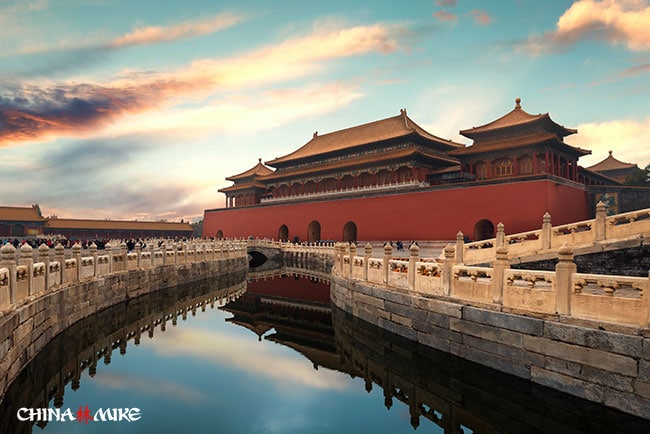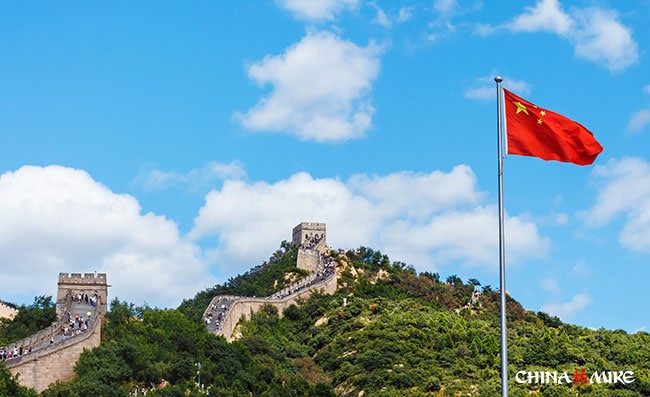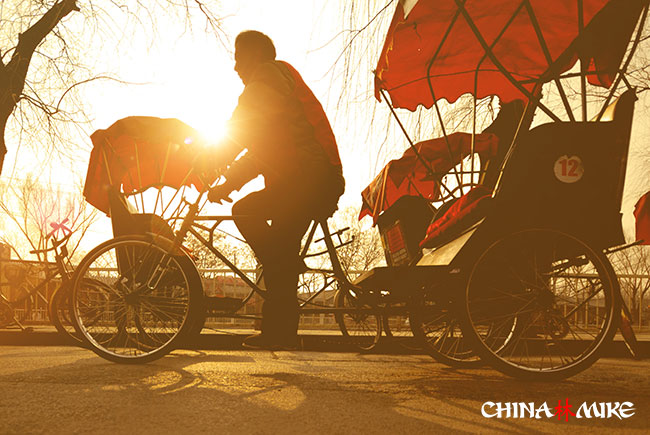There’s more to see in the capital of China than you’ll have time to visit. It’s important to plan ahead for your Beijing travel!
Visit Beijing for an unforgettable adventure. Discover the best hotels, restaurants and things to do with this highly curated Beijing Travel Guide.
As one of the six ancient cities in China, Beijing has been the heart and soul of politics throughout its long history and consequently there is an unparalleled wealth of discovery to delight and intrigue travelers as they explore the city’s ancient past and exciting modern development.
Now it has become one of the most popular travel destinations in the world, with about 140 million Chinese tourists and 4.4 million international visitors in a year.
In this Beijing City Guide, we’re going to cover:
Best of luck planning your visit to Beijing, China!
Note: Some of the links in this article are affiliate links, which means that at no extra cost to you, I may be compensated if you choose to use a service listed here. I try my best to be unbiased and only recommend those services that I have personally used.
Overview of Beijing, China
Beijing is the ultimate must-see for the first-time visitor to China. Beijing (meaning “Northern Capital”) is the political, cultural, and geographical heart of China.
In fact, for hundreds of years, the Chinese have literally believed that Beijing sits at the center of the Universe– with the emperor’s throne in the Forbidden City as the absolute center.
The country’s name is literally translated as “Middle Kingdom” (very Lord of the Ring-ish if you ask me). Even today, the entire country — which spans five international time zones — uses only one time zone: Beijing Time.
If nothing else, you’ll travel to Beijing to hit two of the country’s premier tourist attractions: the Forbidden City and the nearby Great Wall of China. Of course, there’s plenty more to see and do in this pulsating metropolis of 15 million.
And although Beijing — along with Shanghai and Hong Kong— are relatively expensive, even budget travelers will be happy to find cheap hostels, plentiful street food, and an efficient underground metro system.
Not surprisingly, the capital city also caters to the luxury traveler…and everyone in between.
Places to Visit | Beijing Travel
Beijing itself has a vast offering of unique sightseeing opportunities and things to do. It is home to some of the country’s best-known tourist attractions, and we’ve included some of our favorites below.
This is just a few of our favorites, but there are so many more than this!
- The Great Wall of China
- The Forbidden City
- Tiananmen Square
- Temple of Heaven
- Beijing Zoo
- Yonghe Temple
You need to bear in mind that as temping as it is to think “Oh, I could visit 3-4 of these places in a single day…
…you can’t.
Beijing is much larger than you realize and often, if you can check even two of these places off your list in a day, you’re doing well.
To determine which Beijing tourist attractions are worth your time, I recommend you pick up a good Beijing travel guide book. Here is a list of the best available books:
Best Places to Stay in Beijing
Did you know there are more than 7,000 hotels in Beijing?
Figuring out where to stay and how to choose a suitable area can be rather challenging, especially for first-time travelers. Generally, hotels should be chosen based on the convenience of the location, attractions you want to visit, and your budget.
It’s pretty common that most tourists choose to stay at a hotel near the city center (Tian’anmen Square, the Forbidden City area and the Wangfujing area). However, this is also the most expensive area.
When it comes to prices of hotels in Beijing, the average price of a five-star hotel ranges from $100 to $320 while a comfortable budget hotel costs from $60 to $180.
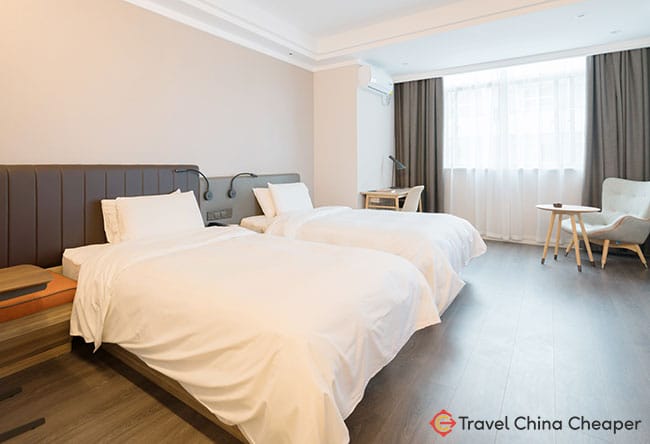
Our suggestion would be to look into the Hutong areas such as Houhai and Drum Tower, which are cheaper in price and have a charming city characteristic to them.
To find the best hotel for your trip to Beijing, use the search box below to search Agoda, the top hotel booking site for Asia.
Tourist Maps of Beijing
To help you along the way, we’ve linked several Maps of Beijing for you.
We hope you’ll find this collection of Beijing Subway and Metro System Maps along with general maps to be helpful as you plan your trip to Beijing.
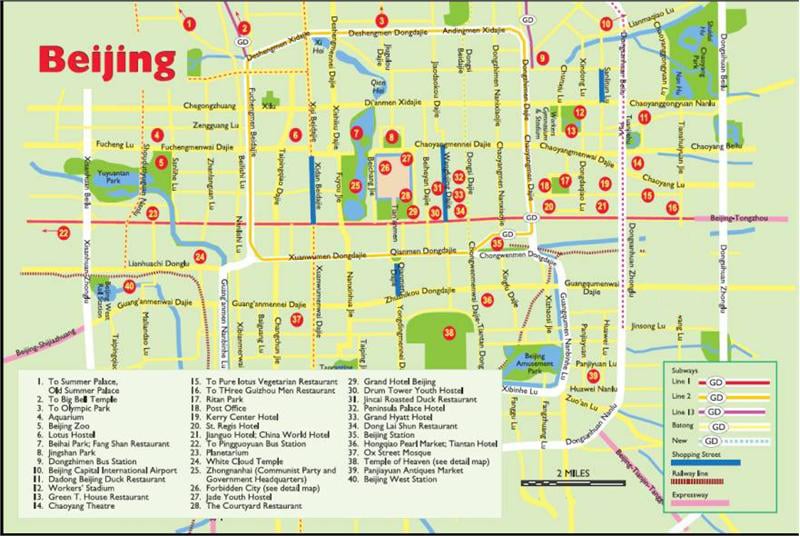
Best Food & Restaurants in Beijing
This is probably the most talked about thing when traveling to Beijing. THE FOOD.
It is all truly so unique and packed with flavor. The last thing you want to do is spend your time at Starbucks and McDonalds when you have the opportunity to try so many amazing new foods in China!
Foods to Try in Beijing
Of course, it helps to know exactly what’s worth eating when you visit China. Below is a quick list of the top Beijing dishes and snacks that are well known and easy to find..
- Peking Duck (most popular)
- Shuàn Yángròu (instant boiled mutton)
- Jiaozi (Chinese dumplings)
- Jing Jiang Rou Si (shredded pork in Beijing sauce)
- Zhajiang Mian (noodles with soybean paste)
- Dragon’s beard candy
- Aiwowo (sweet rice balls)
- Baijiu (a popular Chinese liquor)
Popular Cafes & Restaurants in Beijing
Again, there are more cafes and restaurants in Beijing than can be listed here. I’ve only visited a small fraction of them, but I’ve pinned a few of my favorites on the Google map embedded here.
Brief History of Beijing
While present-day Beijing was first established as a capital during the Warring States Period (473-221BC), the city’s per-eminence really started around the 13th century.
This is the period when the Mongols swarmed in from the north to kick some ass and take names. And kick ass they did. Genghis Khan’s grandson, Kublai Khan, took over and made the city his capital in 1272.
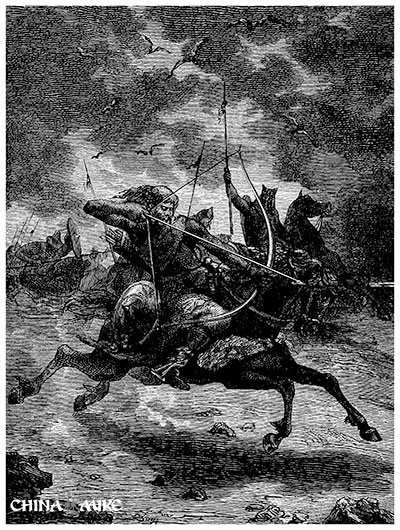
During that time the city grew to become crazy rich, due mostly to its pole position as the starting point of the Silk Road. When Marco Polo stopped by for a visit, he described, “over a thousand carts loaded with silk” rolling in on a daily basis.
Eventually, the Mongols were kicked out in 1368, paving the way for the Ming emperor Yongle (Zhu Di) to make his mark on Beijing.
He not only built version 1.0 of two of Beijing’s most impressive monuments—the Forbidden City and the Temple of Heaven—he also established the city’s symmetrical square-rectangle grid layout (laid out according to feng shui principles) that survives today.
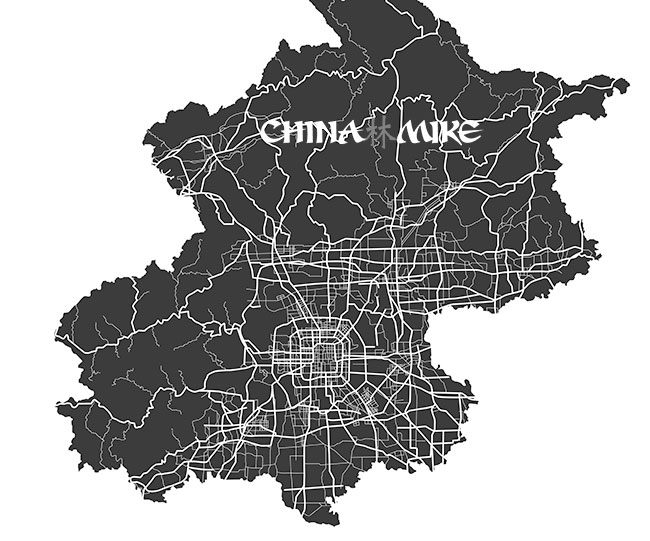
During his impressive (but cruel) reign, the legendary Ming emperor also commissioned a number of epic naval expeditions.
With a huge fleet of an estimated 200-300 ships carrying some 30,000 men (mostly soldiers), admiral Zheng He sailed thousands of miles away to explore Asia and Africa. The largest treasure ships were approximately the size of a football field—almost six times longer than Columbus’ largest ship, the Santa Maria.
The city reached its peak under the Qing Dynasty during the first half of the 18th century, when they built the legendary Summer Palace — the world’s largest and most impressive royal garden, with 200 pavilions, temples and palaces.
The dynasty (China’s last ruling dynasty) collapsed in 1911, eventually making way to establish a republic in China.
Communism and the Chinese
After winning the civil war against the Nationalist Party in 1949, Mao Zedong and the Communists established Beijing as the country’s capital. At the time, the city was in a pathetically neglectful state. In their zest to break free of the old, they destroyed much of old Beijing.
Heavily influenced by the Soviets, they transformed Beijing into a concrete jungle of high-rise housing blocks, in addition to the massive Tiananmen Square and monumental administrative buildings nearby. Because of course, nothing says inspiring, timeless beauty like Soviet-style architecture.
Modernization of Beijing
One result of this obsession with putting on a modern face — combined with out-of-control real estate development — is that Beijing’s old charm is being replaced by high-rises and shopping malls.
Critics (and especially those who live there) have rallied to save the culturally historic hutongs (traditional neighborhoods–many several centuries old) from extinction. The city government finally realized their tourist appeal and today some are designated as protected areas.
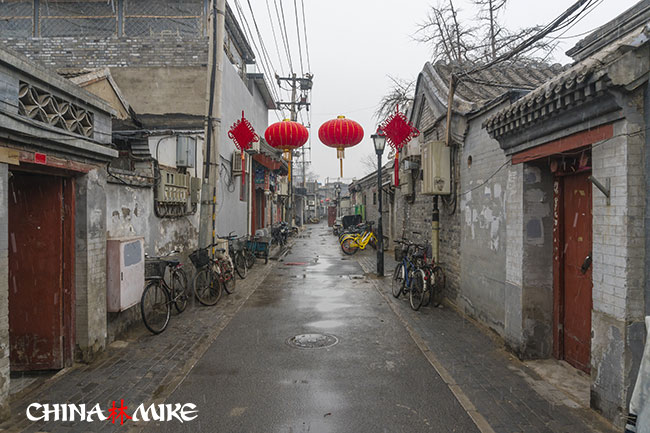
So take a break from the traffic, crowds, and fast food joints. Rent a bike or stroll around the winding, narrow alleys to get an intimate feel of daily life in old Beijing. Look at those kids playing! Are those chickens I hear in that courtyard? What kind of game are those old dudes playing?
Hey, where the hell am I?
Beijing Travel Today
The bottom line is that Beijing is a fascinating city that offers something for everyone, from the history buff and the shopaholic to the foodie and the all-night partier.
You could easily spend weeks experiencing all that Beijing has to offer, but the best thing you can do is pick the 3-4 main things you want to see and focus a few days on traveling to those places.
I hope that this Beijing Travel Guide gave you some insight on this very interesting city and it inspired you to want to travel to Beijing!

